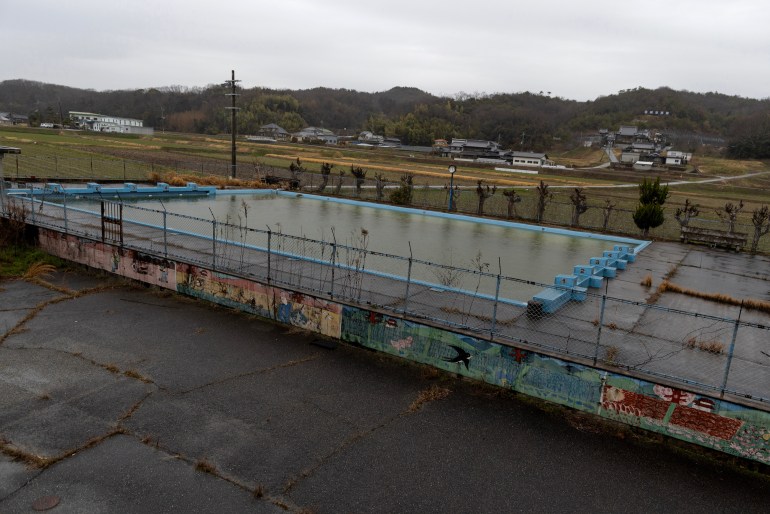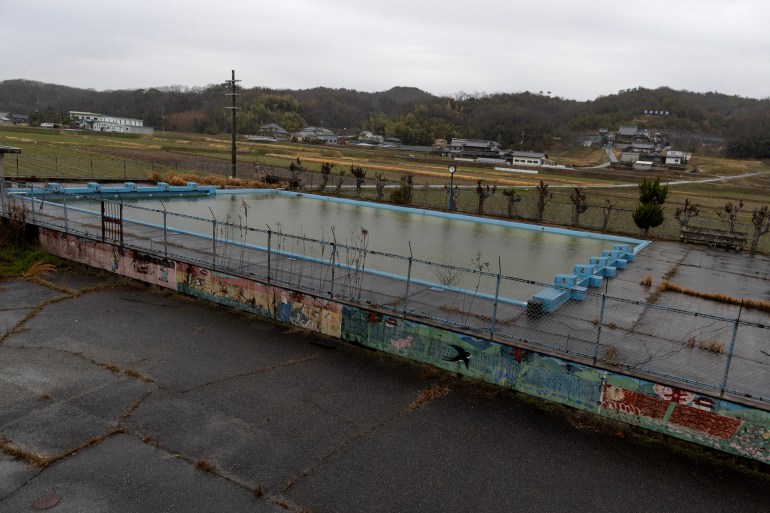South Korea’s low birthrate has been declared a national emergency despite its government’s efforts to incentivise people into parenthood by paying 2 million won ($1,510) on the birth of each child as well as providing a host of other benefits to parents.
The country is one of several in East and Southeast Asia where birthrates have declined rapidly in recent years. Indeed, all five of the countries with the world’s lowest birthrates (stripping out Ukraine, which is undergoing a war) are in East Asia, according to a 2023 CIA report.
What is causing this, and why does it matter so much?
Which countries have the lowest birthrates?
South Korea, which already had one of the lowest fertility rates in the world, has experienced yet another drop in its birthrate.
Last month, Statistics Korea published data showing that the country’s birthrate has dropped by 8 percent in 2023 to 0.72 compared with 2022 when it was 0.78. The birthrate refers to the number of children the average woman will have during her lifetime.
Experts are warning that South Korea’s population of 51 million people may halve by 2100 if this rate of decline continues.
According to the 2023 CIA publication comparing fertility rates around the world, the birthrate decline is much sharper in East Asia than any other region.
The CIA’s report puts South Korea’s birthrate a little higher than the country’s own estimate – at 1.11. However, this is still the second-lowest in the world.
According to the CIA report, the birthrate in self-governed Taiwan is the lowest in the world at just 1.09 while in Singapore and Hong Kong, the birthrates are 1.17 and 1.23, respectively.
China, where a strict one-child policy was in place from 1980 to 2015, has a birthrate of 1.45. Japan, which has been facing the issue of an ageing population for some time, has a birthrate of 1.39.
These figures are in stark contrast to other parts of the world. The 10 countries with the highest birthrates are all in Africa. Niger is the highest at 6.73, followed by Angola at 5.76.
In the West, birthrates are much lower than this but still higher than East Asia. In the United States, it is 1.84 while it is 1.58 in Germany.
Why are birthrates in East Asia dropping?
While demographers refer to the birthrate as the fertility rate, this term encompasses those who choose not to have children as well as those who are unable to have children.
There are several reasons for the decline in Asia.
Economic growth and improving living conditions have reduced child mortality rates, and since more children are expected to live into adulthood, this has led to couples having fewer children, said analysts at the East-West Center, an international research organisation.
The analysts explained in an article in Time magazine that economic growth and educational opportunities for women have also led them to resist traditional roles, such as housewife and mother. As a result, they may “choose to avoid marriage and childbearing altogether”.
However, Ayo Wahlberg, a professor in the anthropology department at the University of Copenhagen, told Al Jazeera that this explanation is an “incomplete description of what’s going on”. While there may be a correlation between more women being employed and lower birthrates, Wahlberg said both men and women are working longer hours than they did in the past, giving them less time and energy to dedicate to childcare.
He cited the example of China’s “996 working hour system”, under which some companies expect people to work from 9am to 9pm, six days a week. Wahlberg added that in South Korea, the working conditions are similarly stringent. “When are you going to have the time to look after a child in such cases?” he asked.
He also pointed out that in many countries, the burden of housework and childcare falls more heavily on women than men. Additionally, women experience pregnancy-based discrimination in the workplace if companies decide to avoid hiring an employee who will need to take maternity leave.
Women in East Asia face some of the worst gender pay gaps among members of the Organisation for Economic Co-operation and Development (OECD). Additionally, they are aware that taking maternity leave could harm their chances of promotion and progression in their careers. Therefore, they decide not have children despite family or societal pressures to do so, he said.
“Is that selfish? I think it’s more being very rational about a very unacceptable situation,” Wahlberg said.
Both women and men are also deciding not to have children as part of an emerging movement that has deep concerns about climate change.
Why is a declining birthrate a problem?
Low birthrates will ultimately lead to population declines. Wahlberg said, to replace and maintain current populations, a birthrate of 2.1 is required.
A declining birthrate could have disastrous economic consequences.
Many countries are facing labour shortages and are struggling under the demands of an ageing population. With improvements and developments in health and science in recent decades, life expectancy has risen sharply, which raises concerns about people growing into old age in a society that does not have enough young people to take care of them.
The burden on younger people to support a much larger, aged population who are no longer working could also become intolerable, according to a 2023 report by the Pew Research Center in the United States, which concluded that income and sales taxes could have to rise steeply in the future to compensate.

What is the solution in East Asia?
East Asian countries are trying to increase fertility rates by incentivising women to have more children.
In Japan, where schools have been closing at a rate of more than 475 per year since 2002 due to a lack of students, Prime Minister Fumio Kishida has made the sliding birthrate a priority. “The youth population will start decreasing drastically in the 2030s. The period of time until then is our last chance to reverse the trend of dwindling births,” he said while visiting a daycare facility in June.
Despite high levels of debt, his government has announced plans to spend 3.5 trillion yen ($25bn) a year on childcare and other measures to support parents and encourage people towards parenthood.
In South Korea, more than 360 trillion won ($270bn) has been spent in areas such as childcare subsidies since 2006.
China has done away with its one-child policy. From 2016 to 2021, the country moved to a two-child policy. Now, a three-child policy is in place.
Reversing the one-child rule has so far been unsuccessful in China, where the birthrate continues to fall.
Due to the unequal burden of childcare placed on women, most women in China do not want a third child, according to research by the Global Institute for Women’s Leadership. Furthermore, in a survey conducted by the job search website Zhilian Zhaopin in 2022, only 0.8 percent of respondents said they wanted to have three children.
A potential solution other than increasing the birthrate is for Asian countries to open up to more immigration to end or reduce labour shortages. Japan, the only major developed nation that has historically kept its doors closed to immigrants, did this in 2018 when its parliament approved a new law under which up to 300,000 foreigners could be granted one of two new visas depending on their labour skills and proficiency in Japanese.
Read More: World News | Entertainment News | Celeb News
Aljazera










